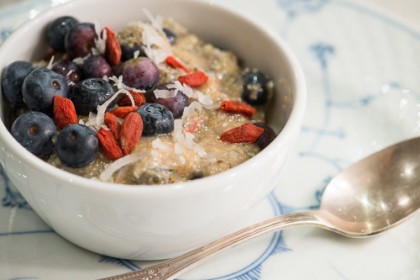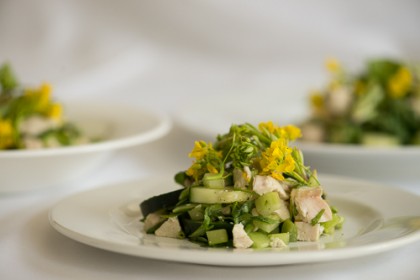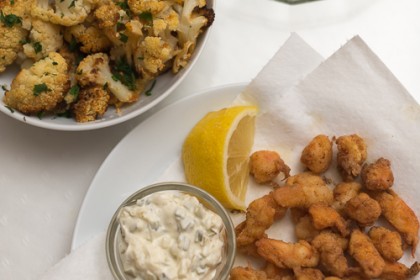Some people have a difficult time breaking down phenols. Studies show that people with ADD and autism have low levels of an enzyme Phenol Sulfotransferase (PST.) Both the gut and the brain need this enzyme to metabolize high phenolic compounds A person who has a hard time breaking down phenols needs to reduce their phenol intake so they don’t build up in their bodies and cause problems. Salicylates, which are a type of phenol, suppress this enzyme even more. Symptoms which may indicate a problem breaking down phenols include: red ears and cheeks, hyperactivity, aggression, headaches, head banging, inappropriate laughter, sleep problems, poor toxin removal, a bloated stomach and rashes. The Feingold diet is a way of eating that restricts the amount of phenols in the diet. No Phenol is an enzyme made by Houston Nutraceuticals which helps the body break down these phenolic compounds. Some parents report that using the enzymes allows their children to reintroduce these foods to their diet without complications.
Dana’s view has a comprehensive page on phenols which includes a short list of phenolic food from Karen Seroussi’s book . High phenolic foods include: food dyes, tomatoes, apples, peanuts, bananas, oranges, cocoa, red grapes, colored fruits and milk.
Enzyme Stuff has a wonderful explanation of how epsom salts can provide sulfate which can get this key detoxification pathway up and running. According to the website: “The PST sulfation pathway is necessary for the breakdown and removal of certain toxins in the body…If the sulfation pathway is not functioning well, a person may not be able to process out he phenolic compounds as fast as they consume them. There is a cumulative effect. When the phenols start backing up in the system, it can cause a myriad of negative reactions. Symptoms of phenol intolerance include night waking, night sweats, irritability, eczema, and other skin conditions.
Vitamin A palmitate is a phenolic based preservative that is added to dairy that some people can react to. It seems like they are reacting to milk, but really they are reacting to the preservative and they don’t have a problem with dairy when it doesn’t contain this phenolic preservative.
According to Healthy Awareness.com :
“Phenols are present in food dyes, in highly colored fruits and vegetables, in bioflavonoids, and in cartenoids (carotene, lutein, lycopene, xanthophylls, and zeaxanthin). Eliminating the yeast overgrowth may also reduce the burden of phenolics on the body. Yeasts and fungi in the intestines can produce phenolics.”
Recently, my son had a crazy reaction to a homemade bread that was gluten, casein and soy free. I was wondering why two slices of a homemade gfcfsf bread set off a cascade of problems for him. We don’t eat much bread at my house but I made some sourdough bread recently for my Dad. I knew intuitively my son shouldn’t have any, but because I didn’t know ALL the science behind my intuition I gave him two super thin slices at lunch one day. Live and learn, right? My friend Tia wrote about his food reaction on her new Steps2Wellness blog.
I have a feeling he has had an issue with yeast building up in him for a while because his perfect complexion has been gone for months. He has had these strange sores at the corners of his mouth called angular cheilitis and eczema on his cheek that won’t go away. But it was his bizarre behavior last week which completely resolved when I gave him the anti yeast medication, Nystatin, that has been in my fridge since last summer that really made me realize it was a yeast issue. Then he freaked out after eating 3 tiny gfcfsf chocolate chips which suggested a problem with phenols. This explanation of how a yeast overgrowth can produce phenols explains why yeast and phenols became a problem at the same time.
I am headed back to Dr. Pescatore tomorrow with my son to get another ALCAT test done. I find the more specific information I have about his sensitivities, the easier it is for me to lighten his load and for him to heal. And the more information I have about the underlying biochemistry of his issue, the easier it is for me to see my way.




Anonymous - Very interesting blog, thanks for sharing what you’ve learned.
Casey - My kids both react horribly to phenols the same way. My son is worse than my daughter, he gets the same way, out of control, mean, aggressive and off the wall.
Angular Cheilitis Symptoms - thanks for sharing health awareness blog